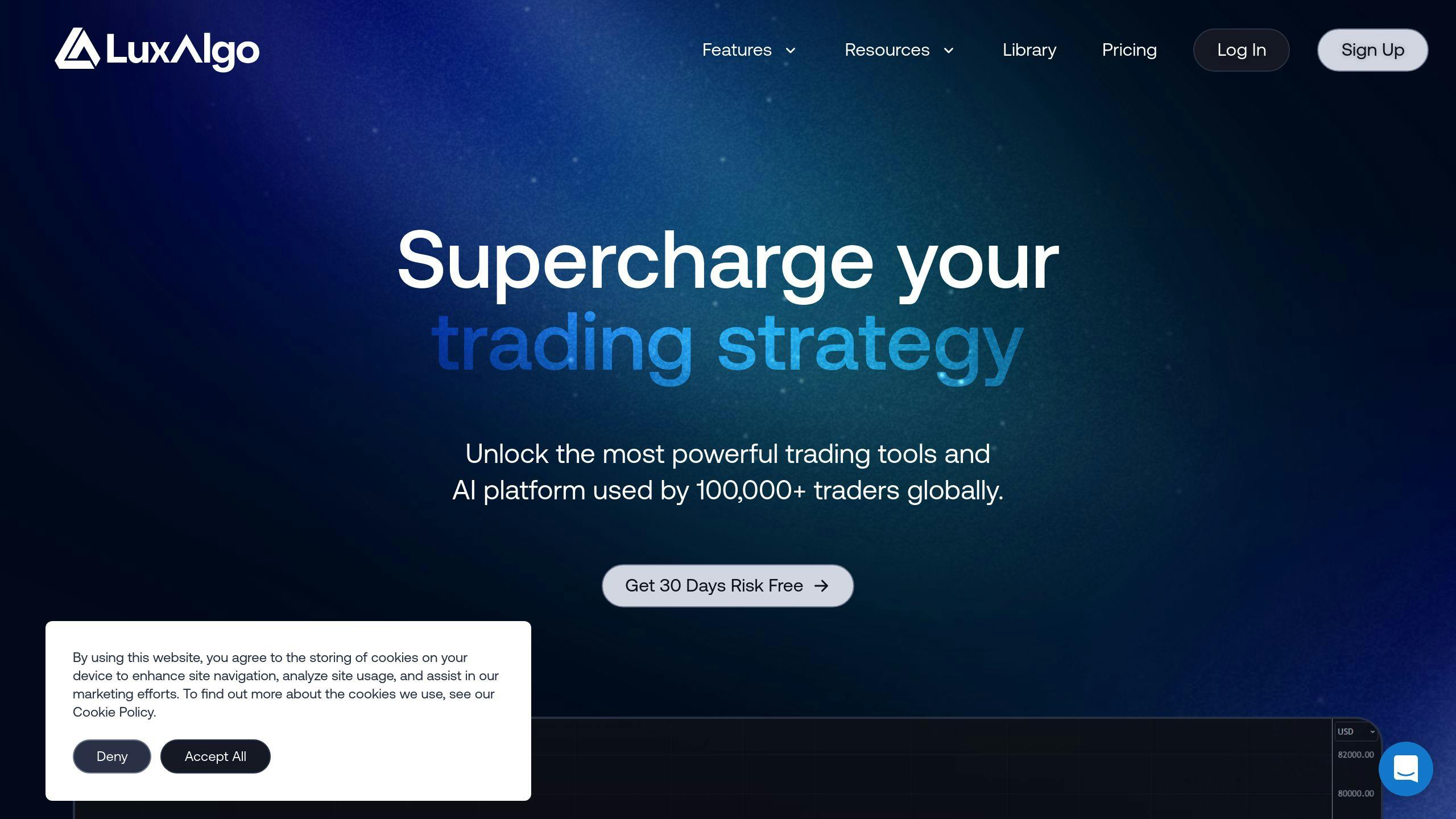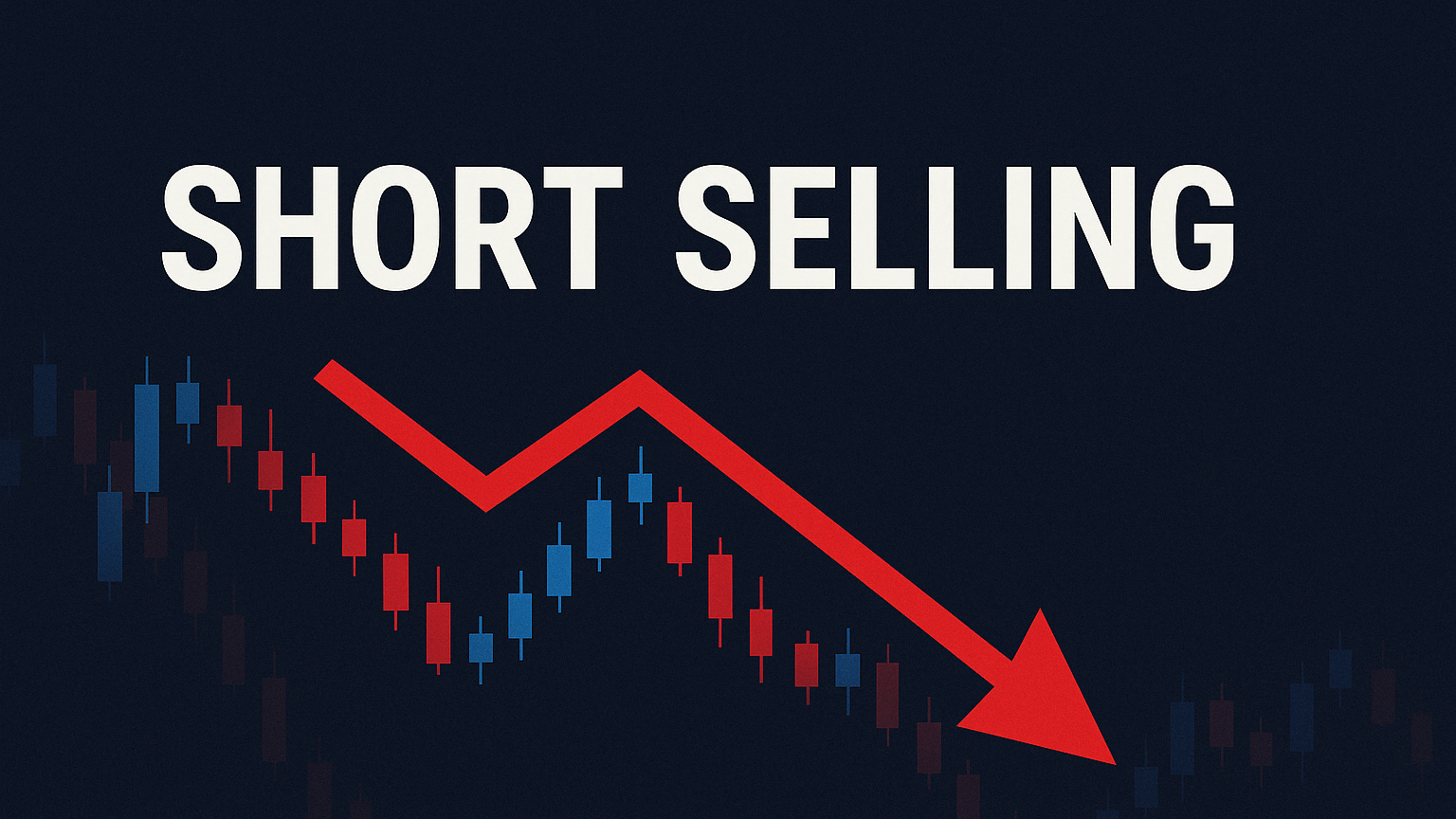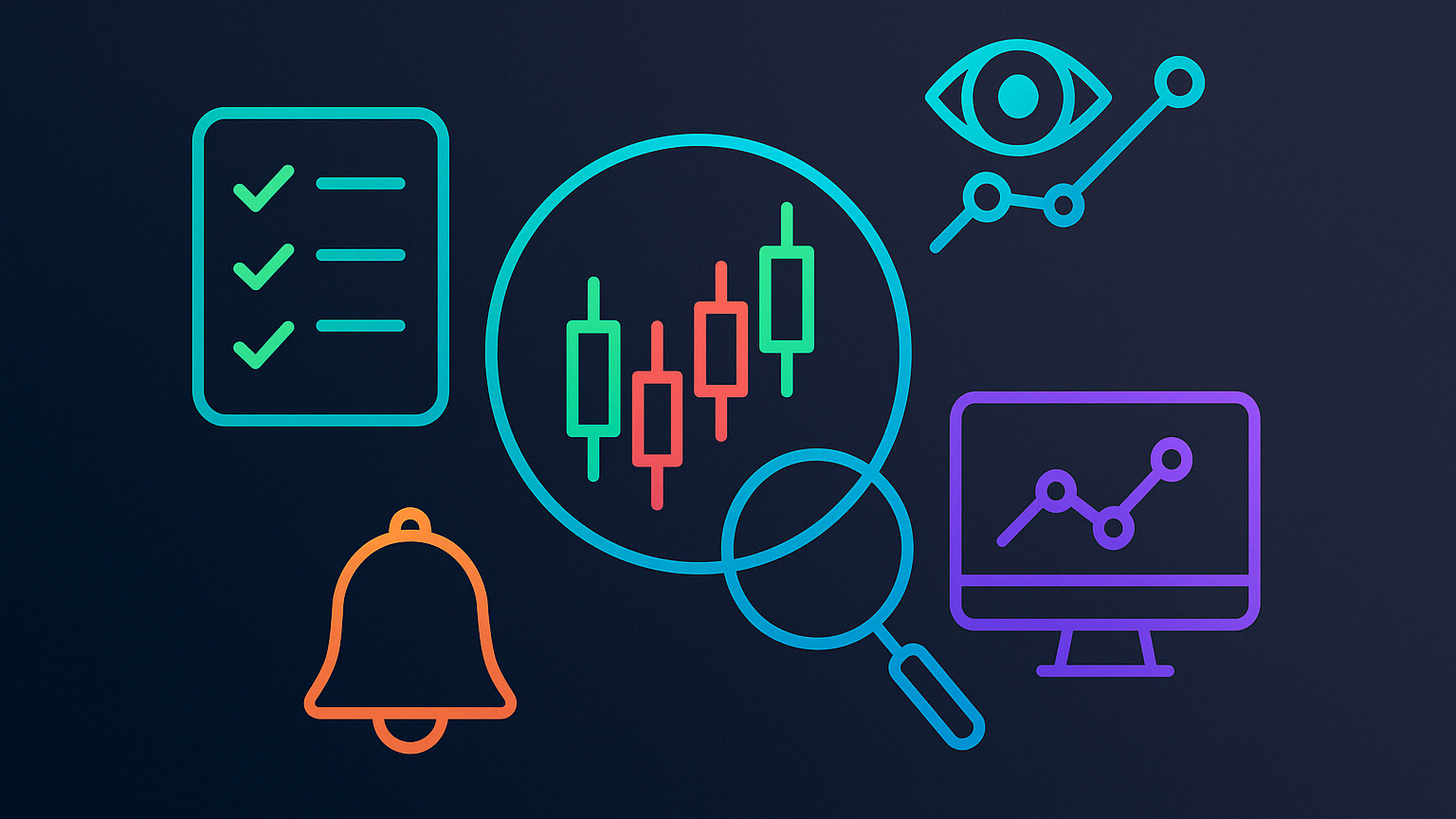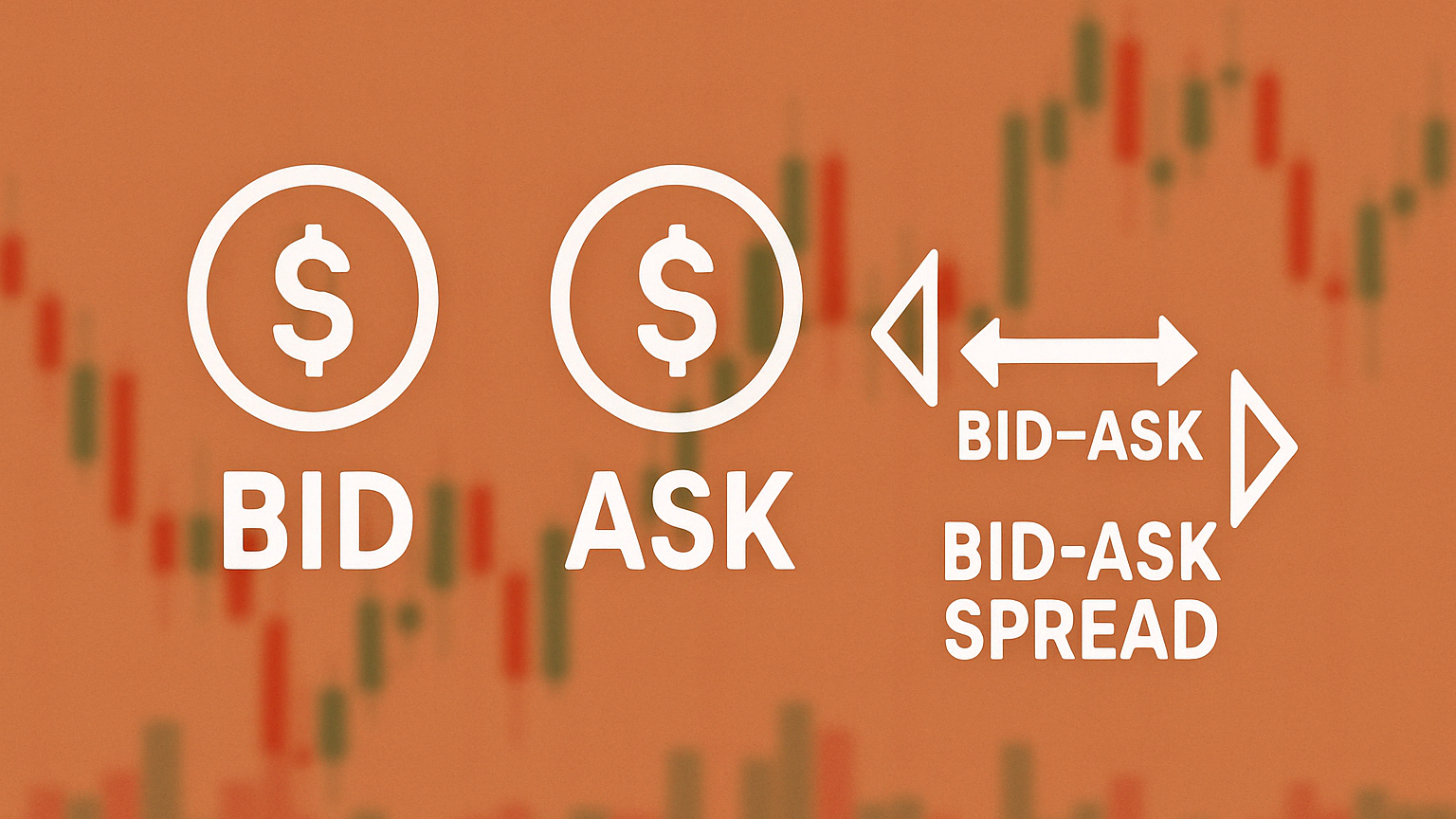Learn how the time of day influences trading success, with insights on optimal trading hours and strategies for various market sessions.
Timing is everything in trading. The time of day you trade can significantly impact your success. Here's what you need to know:
-
Best Times to Trade:
- Morning (9:30-10:30 AM ET): High volatility and trading volume, ideal for active traders.
- Power Hour (3:00-4:00 PM ET): Increased activity as institutions close positions.

-
Times to Avoid:
- Midday (11:30 AM-2:00 PM ET): Low volume and reduced volatility, often called the "lunch hour."
-
Global Sessions Matter:
- Asian, European, US, and Pacific sessions have unique characteristics. The London-New York overlap (8:00 AM-12:00 PM ET) is particularly active.
-
Tools to Use:
- Short timeframes (1-5 min) for volatile periods.
- LuxAlgo Sessions Indicator tools for identifying patterns and setting alerts during session overlaps or quiet hours.

Quick Overview
| Time Period | Activity Level | Suggested Strategy |
|---|---|---|
| 9:30-10:30 AM ET | High volatility | Scalping, quick trades |
| 11:30 AM-2:00 PM ET | Low activity | Trend-following, minimal trading |
| 3:00-4:00 PM ET | High activity | Momentum trades, position exits |
Knowing when to trade - and when to step back - can help you make better decisions and improve your results.
Understanding Market Sessions and Their Features
Market sessions significantly influence trade execution timing in global financial markets. Each session offers specific trading opportunities, shaping outcomes based on timing and market behavior.
The Four Major Trading Sessions
| Trading Session | Hours (ET) | Characteristics |
|---|---|---|
| Asian | 6:00 PM - 3:00 AM | Lower activity, focus on currencies |
| European | 3:00 AM - 12:00 PM | High liquidity, news-driven movements |
| US | 9:30 AM - 4:00 PM | High volatility, institutional involvement |
| Pacific | 6:00 PM - 3:00 AM | Thin volumes, follows Asian trends |
Each session brings unique volatility patterns, giving traders opportunities to align strategies with market conditions.
Session Overlaps and Increased Volatility
Session overlaps, particularly when major financial hubs are active at the same time, often lead to the most dynamic trading conditions. For example, the London-New York overlap (8:00 AM to 12:00 PM EDT) is a key window for traders, offering:
- 60% of the daily forex trading volume
- Peak institutional trading activity
- More frequent breakout scenarios

"Crafting successful trading strategies hinges on aligning the right trading style with optimal timing." - Oanda [2]
Behavior in Different Regional Sessions
Each regional session has distinct trading characteristics shaped by local economic events and participants. For instance, the Asian session usually sees tighter price ranges, making it ideal for range-bound strategies. On the other hand, the US session often experiences sharp price movements. The European session (3:00 AM - 12:00 PM ET) is highly reactive to economic reports and central bank updates, presenting opportunities for traders who track economic calendars and news closely.
Analyzing Trading Patterns Throughout the Day
Market Open: High Volatility Brings Opportunities and Risks
The first hour of trading (9:30-10:30 AM ET) is when markets react to overnight news and earnings reports, leading to sharp price swings. The initial 15 minutes are especially active, offering both chances for profit and potential risks.
For seasoned traders, this hour is prime time due to the surge in trading volume and price movement. However, newer traders should rely on backtested strategies to confirm signals before acting. This period's volatility is closely tied to institutional trading patterns, as highlighted in the US session characteristics.
Midday: A Quieter Market with Fewer Opportunities
Between 11:30 AM and 2:00 PM ET, the market typically slows down. This midday lull, often referred to as the "lunch hour", sees reduced trading activity and more stable price movements. Here's a breakdown of this period:
| Time Period | Trading Activity | Suggested Strategy |
|---|---|---|
| 11:30 AM - 2:00 PM | Low volume, less volatility | Focus on trend-following trades |
| 12:00 PM - 1:00 PM | Minimal institutional activity | Avoid overtrading |
| 1:00 PM - 2:00 PM | Gradual pickup in activity | Watch for afternoon setups |
During these slower hours, tools like LuxAlgo's Price Action Concepts can help traders identify steady price trends and prepare for the more active afternoon session. LuxAlgo's screener is particularly useful for spotting stocks with consistent momentum during this time.
Market Close: The "Power Hour" of Trading
The last hour of the trading day (3:00 PM to 4:00 PM ET), often called the "power hour", is when activity surges as institutional investors and day traders wrap up their positions. Key characteristics of this period include:
- Higher trading volume and price swings
- Professional traders closing their positions
- End-of-day price adjustments
- Execution of large institutional orders
The volatility during this time often magnifies trends that developed earlier in the day. These patterns align with the earlier analysis of session overlaps and regional trading behaviors, making this an important period for traders to monitor.
Tools for Time-Based Technical Analysis
Selecting Appropriate Chart Timeframes
Understanding market volatility during different trading sessions is essential for choosing the right chart timeframe. The 1-minute chart works well during the high-volatility market open. For day trading between 9:30 AM and 4:00 PM ET, shorter timeframes like 1-minute or 5-minute charts help track quick price changes. On the other hand, 15-minute or 1-hour charts are better suited for analyzing broader trends, especially during session overlaps.
| Trading Style | Recommended Timeframes | Best Use Case |
|---|---|---|
| Scalping | 1-min, 5-min | High-volatility periods (market open/close) |
| Day Trading | 15-min, 30-min | Regular trading hours |
| Swing Trading | 1-hour, 4-hour | Session overlaps, multi-day trends |
Using LuxAlgo for Time-Specific Analysis

LuxAlgo's advanced tools are perfect for identifying patterns during specific market hours, such as midday lulls or power hours. The Price Action Concepts toolkit highlights recurring patterns, while the Signals & Overlays toolkit provides real-time updates on market conditions across sessions.
The LuxAlgo Sessions Indicator :
This unique indicator displays user-defined sessions on your chart and returns various tools and metrics using the closing price within each active session as its input. Users can configure up to four separate session times.
- Accuracy & Timeframe: Works best on timeframes of 1 hour or lower to maintain accuracy.
- Session Settings:
- Enable Session: Toggle a specific session’s elements on/off.
- Session Time: Define opening and closing times (hh:mm format).
- Range, Trendline, Mean, VWAP: Visual aids to highlight session ranges, underlying trends, average price levels, and volume-weighted averages.
- Visual Enhancements:
- Range Area Transparency, Range Outline, Range Label: Fine-tune how each session is displayed.
- Session & Daily Dividers: Show intervals at the bottom of the chart for a clearer session breakdown.
- Dashboard:
- Show Dashboard, Advanced Dashboard: Quickly see if the session is active, its trend direction (up or down), volume, and standard deviation (volatility).
- Usage: Great for highlighting and analyzing price movements within specific sessions. It comes preloaded with major forex trading sessions by default but can be customized to any time window.
By tracking session-based metrics like standard deviation and volume, traders can identify the most volatile sessions, spot emerging trends, and even gauge when a trend reversal might be likely. The mean average and VWAP are especially helpful for finding potential support/resistance levels in real time.
In short, the LuxAlgo Sessions Indicator helps you stay focused on when the market is most active or trending, allowing you to adjust your trading strategy accordingly—especially useful during the morning open, midday lull, and the power hour toward the market close.
Setting Up Alerts for Optimal Timing
LuxAlgo's alert system ensures traders stay informed without needing to constantly monitor the markets.
"The best time to trade is often really based on when a trader has time where they can fully concentrate without distractions to sit down and trade." - Marina, The Trader Chick [4]
Popular alert types include:
- Pre-Market Movements: Notifications for significant overnight changes
- Session Overlap Periods: Alerts for volatility spikes during market crossovers
- Power Hour Signals: Updates on momentum shifts between 3:00-4:00 PM ET
Creating a Time-Optimized Trading Plan
Finding Your Best Trading Times
To pinpoint the best times for trading, match market activity (as discussed in earlier sections) with your availability and trading style. For example, the morning session from 9:30 a.m. to 10:30 a.m. ET often sees the most action, with high volatility and trading volume - ideal for day traders [1]. Be sure to consider how session-specific traits, like US market volatility or European session news reactions, fit into your strategy.
Balancing Trading with Personal Life
Balancing trading with your personal life is key to building a routine that works long-term. You’ll need to factor in your daily commitments and energy levels while avoiding overtrading during slower market periods [3].
Here are some tips to help:
- Set specific trading hours: Stick to a schedule that aligns with active market periods.
- Keep distractions to a minimum: Create a focused workspace to stay on track.
- Use automated alerts: Reduce unnecessary screen time with tools that notify you of key market events.
Adjusting to Changing Market Conditions
Even with a set schedule, markets are always shifting, so staying flexible is just as important. Regularly reviewing market trends can signal when it’s time to tweak your trading hours [2]. Use the session-specific analysis tools mentioned earlier to stay aligned with market shifts.
Monitor patterns in volume and volatility for each session and adjust your strategy as needed. Tools like LuxAlgo's real-time Signals can help fine-tune your timing to match current conditions. Keep in mind, a successful trading plan isn’t static - it evolves. Regularly evaluate how your trades perform at different times to refine your approach and maintain steady results.
Conclusion: Timing Your Trades for Better Results
The first hour of trading (9:30 a.m. to 10:30 a.m. ET) and the final hour (3 p.m. to 4 p.m. ET) are known for the highest levels of volatility and trading volume. These periods are often ideal for day traders to find potential opportunities [1][3]. To make the most of these windows, traders should focus on three key elements:
- Recognizing specific volatility patterns during these sessions
- Executing trades within focused timeframes
- Adjusting strategies based on market conditions
Using analytical tools can help traders pinpoint opportunities during these active periods. For example, LuxAlgo's tools are designed to highlight high-probability setups, especially during overlapping market sessions when volatility tends to spike.
Many traders choose to step back or pause trading around 11:30 a.m., coinciding with the midday slowdown discussed earlier [1][4]. This approach minimizes the risk of overtrading during slower market conditions and helps conserve capital for better opportunities later in the day.
FAQs
What time of day is best to trade?
The prime trading window is usually between 9:30 a.m. and 10:30 a.m. ET, right after the market opens. This period tends to have the most volatility and trading volume, offering opportunities for active traders.
"The best time to trade is often really based on when a trader has time where they can fully concentrate without distractions to sit down and trade." [4]
What are the best hours to day trade?
Professional traders often focus on specific times:
| Period | Time (ET) | Key Characteristic |
|---|---|---|
| Morning | 9:30-10:30 AM | High volatility |
| Close | 3:00-4:00 PM | Position adjustments |
| Avoid | 11:30 AM-2:00 PM | Slower market activity |
Many traders wrap up their positions by 11:30 a.m., as market activity tends to slow during midday [1][3]. Institutional trading patterns heavily influence these trends [1].
References
- Investopedia: Best Time of Day, Week & Month to Trade Stocks
- Oanda: Best Time for Forex Trading
- Bullish Bears: Best Time of Day to Trade Stocks
- The Trader Chick: Best Time to Trade
- LuxAlgo Blog: Best Indicator Settings & Timeframes
- LuxAlgo Blog: Trading Strategies
- LuxAlgo.com
- LuxAlgo Sessions Indicator (TradingView)
- LuxAlgo Price Action Concepts (TradingView)







